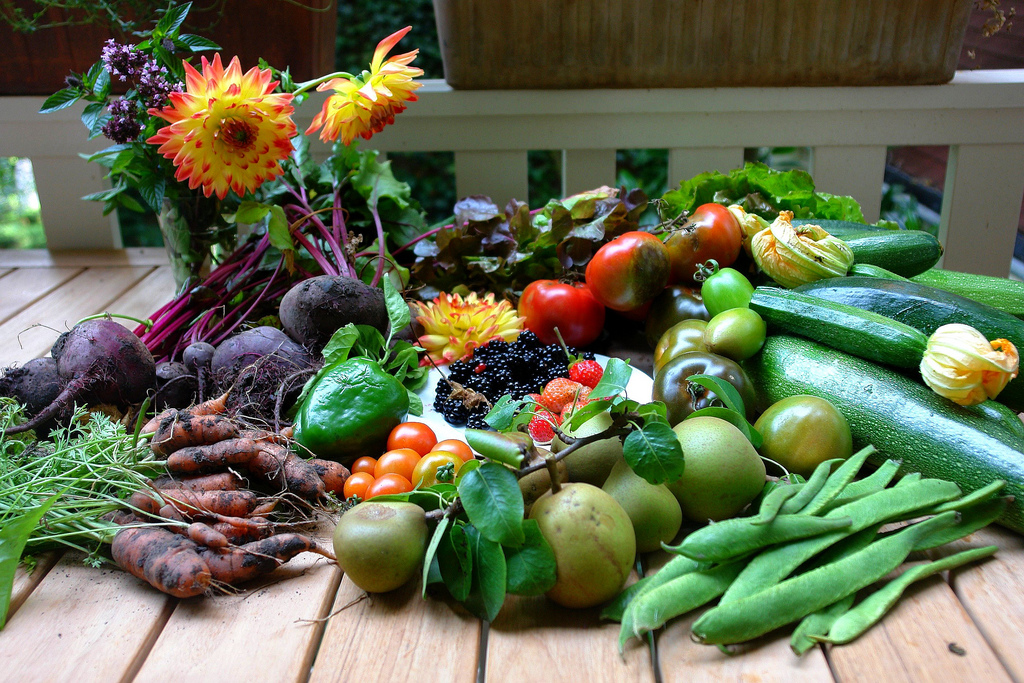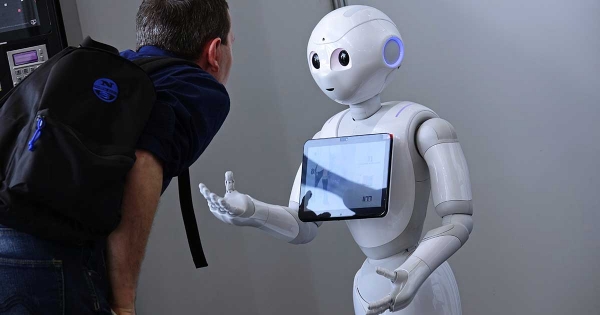HOW HAS TECHNOLOGY CONTRIBUTED TO THE INCREASE IN FOOD PRODUCTION?

The population of the world is ever-increasing and with this increase in population, more land that should be used for farming is now being used to build houses and this is affecting the world’s food supply.
Food security has now become a problem that the world is trying to combat. If you check UK.collected.reviews, you will see the different ways that people are surviving the food crisis.
Technology has stepped in the gap to help people study the way food grows so that humans can improve the production of food and reduce food waste. Different food industry companies are utilizing these technologies to make more food to feed the hundreds of millions of people who are starving. Some of these technologies that have helped to increase the production of food are;
1. Drones:
Before, people who had very large farms had to walk the whole span of the farm to monitor the growth of their farm. The ones who could afford it employed workers to help them take care of the farm while the ones who could not afford the cost of employing labour engaged their family and friends to help them on the farm. How does this affect food production? For those who employed staff, they had to pay their staff wages or salary and this cost will be factored when the farmer wants to sell the farm products which will cause an increase in price and make the food unaffordable for the masses. However, this cost can be reduced by using a drone. A camera is installed on the drone and it will be controlled to fly over the farm. The camera allows the farmer to have a look at the plants. The farmer can take a closer look to see anything that he or she finds suspicious.
2. Internet of Things:
Popularly known as IoT, the Internet of Things is a very important technology that has helped in the farming industry. Sensors are used in storage rooms to monitor the temperature of the room. This way, a farmer can know if the room is too cold for the food that is stored in the room. This will help to reduce food spoilage. Water waste is also reduced by using sensors that measure the amount of water in the soil and the atmosphere to know if the soil needs water or the water is enough.
3. Mobile Application:
Some mobile apps are now being released that help people get the best deals on food near them. So instead of a restaurant to throw out food after the close of work, the restaurant can sell the food for a percentage less than the normal price. Other applications connect people with leftover foods to people who need food so leftovers can be swapped for some money and wastage can be prevented.
4. Farm Location:
This will come as a surprise but the fact that land is not enough for planting has motivated farmers to move farming underground. This trend started in London and is known as Hydroponic Farming. Soil is no longer needed to grow plants, the plants are given a nutrient-rich solution and they will grow like they were rooted in soil.
There are other technologies and more are expected to come, that will help to increase food production in the world and make food available to everyone.


